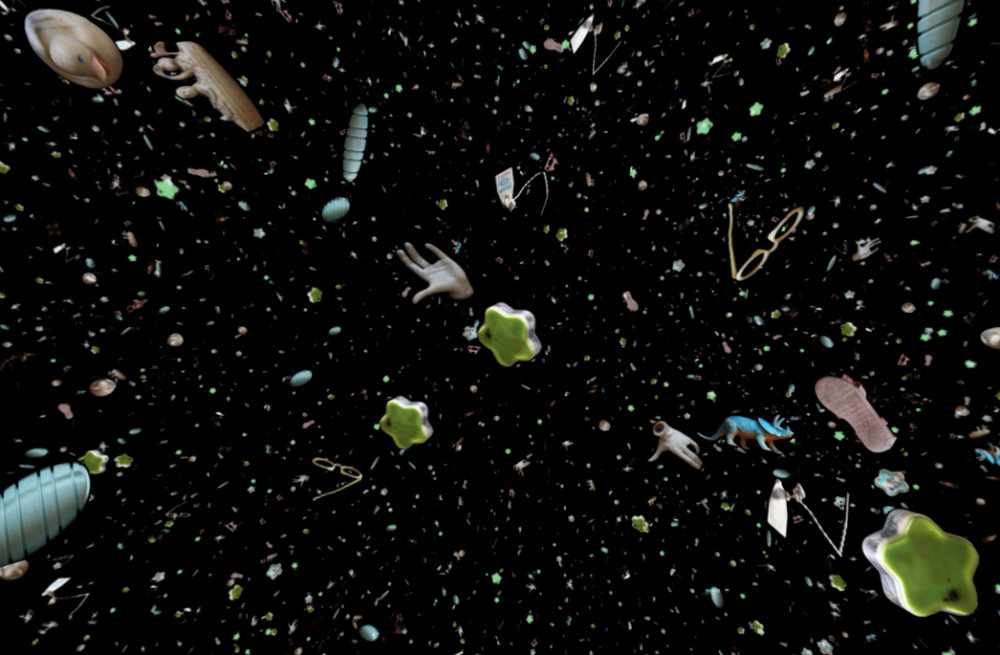Think about the last hour you spent without touching some type of plastic. How about the last minute? Have you ever spent an entire day without plastic? You can take a vacation from social media, from your phone, perhaps a vacation from meat or sugar — but try taking a vacation from plastic. This man-made substance has woven its way into nearly every aspect of our lives. It holds our food and beverages, it is in our clothes, jewelry and cars, it wraps the new toy or electronic, it is the new toy or electronic. Many plastic items are intended for a single use. This means you can hardly go an hour without throwing away some type of plastic. Once it leaves our hands, plastic may only be beginning its life’s journey — a journey that can have dire consequences.
Plastic is indeed everywhere — even in places we don’t see. Unfortunately for our planet, plastic has found its way to the sea, en masse. More than 80% of this ocean plastic comes from uses on land and scientists believe that plastic could soon outweigh fish in our oceans.
UK artist and conservationist Mandy Barker has spent years gathering plastic items from beaches all around the world, arranging and photographing them in evocative ways. With colorful items popping against a dark background, many of her collections give a feel of outer space — a galaxy of garbage. Everything shown in her work is actual marine debris. These items have lived a life in the ocean, then washed up onto the shore, where Barker found them.
Estimates for decomposition differ for different types of plastic. For instance, the Mote Marine Laboratory in Florida estimates plastic bottles and disposable diapers take about 450 years to biodegrade in the ocean, and about 600 years for fishing line. Scientists also caution that plastic may never really “decompose” the way we know other materials do. Instead, it simply breaks down into smaller and smaller pieces of plastic — what scientists call “peppered soup.” Microplastics are more likely to be swallowed up by animals, find their way into arctic sea ice or even our bottled drinking water.
What can regular people do to help alleviate the plastic problem? Environmental leaders say it’s important for everyone to participate in beach cleanups and spread the word to families, friends and acquaintances.
“The biggest challenge is our choices,” Lynn Adams, president of the Pacifica Beach Coalition in the Bay Area. “I think we can all consume less: reduce, reuse things, buy used products, fix things that break.”
Greater collective action could then push local, regional and national governments to regulate the use of plastics.
“The same kind of collective action [in beach cleaning] probably should look at the kinds of perverse incentives we encourage as consumers and allow our leaders to sustain, and raise some questions about it,” said Edward Humes, author of “Garbology: Our Dirty Love Affair with Trash.”
Ultimately, if consumption of plastics is reduced — a key solutions promoted by conservation organizations — plastic production will also decline.
“We [have] become a throw-away society, and so our choices are sometimes slim,” said Adams. “We have to figure all that out and ask for better choices… We need to make it a better world, and we have the power to do that.”
Barker’s work is featured in Our Plastic Ocean, an Impressions Gallery touring exhibition, which opened this summer. The exhibition, which will travel throughout the UK through 2020, includes a virtual reality experience of Barker’s photographs called, Ripple: the unintended life of plastics in the sea. The experience was produced by Stanford University students and is now viewable at https://rippleplastic.netlify.app/

